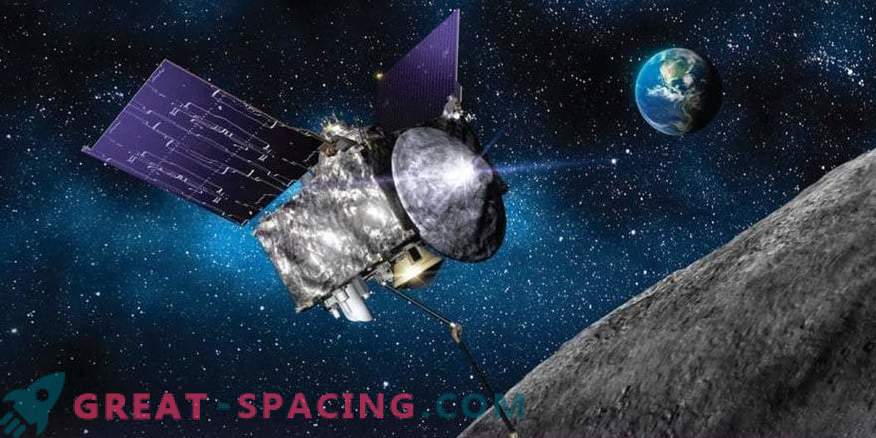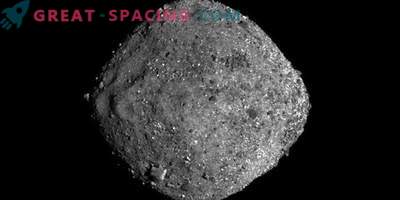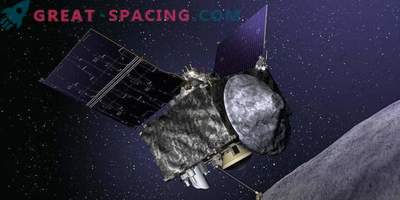
This month, NASA’s Osiris-Rex asteroid sampling mission will begin searching for Trojan objects traveling with the Earth around the Sun.
A robotic spacecraft launched in September will spend about 10 days searching for asteroids accompanying our planet in the Solar orbit. Until now, scientists know only about the presence of one Trojan object, discovered in 2010 by the WISE NASA infrared telescope. The 1000-foot “2010 TK-7” flies about 60 degrees ahead of the Earth.
Osiris-Rex starts on February 9, peering 60 degrees forward and 60 degrees back, considering the current position of the planet. These regions are called Lagrange points - the places where the gravitational pulling of the rope between us and the Sun is balanced, which makes them favorable for the stability of asteroids and other objects. For example, NASA plans to locate the James Webb Space Telescope at Lagrange at a distance of about 1 million miles from Earth. Jupiter also has a group of Trojans in tow. Scientists believe that these bodies reveal how our system was formed.
Can similar asteroids surround the Earth?
“That would be the most amazing thing we could find,” said lead scientist of the project Dante Laurett.
He studied all the details to ensure an excellent rehearsal of key points of surveillance and to make the arrival on the asteroid Bennu in 2018 as safe as possible. Astronomers do not know whether the object has small satellites in orbit, as ground-based telescopes notice them if the size exceeds 65 feet.
Osiris-Rex plans to place himself in Bennu’s orbit in order to study its features for two years. Since he is going to hunt near-Earth Trojans, he will also try to find several known objects in the main asteroid belt.
“This is a great opportunity to test the operating system,” Laurette says.
Osiris-Rex will launch a search from February 9 to February 20, including two weekends due to spacecraft thermal problems.











































